Stevns Klint is a 17 km long and 14 m high gem of a chalk cliff on the Stevns peninsula in Southeast Zealand. In 2014, the site of Stevns Klint was included on the UNESCO World Heritage List, because of its fossil-rich cliff that offers outstanding evidence of the impact of the Chicxulub meteorite, which is thought to have caused the biggest mass extinction ever 65 million years ago. Over 50 percent of all life on Earth disappeared following the meteorite’s crash, including the dinosaurs.
The evidence of this dramatic chapter in the history of the Earth is hidden in the limestone cliff and a thin layer of fish clay tells the story of how half of all species were wiped out those 65 million years ago.
When my mum, dad and grandmother came to visit me in my new home in Copenhagen back in October, we decided to take a roadtrip out to Stevns Klint. None of us had been there before, but since it’s now world heritage – and we don’t have too many of those in Denmark – we felt like we needed to see it.
We drove to the tiny village of Højerup, which is said to be the best place to see the dramatic layers of fish clay. But not only that; the village of Højerup is full of history itself. The first thing that we saw when we got there was Højerup Kirke (“Højerup Church”), which was built in 1912-13 to replace the old church, Højerup gl. Kirke (“Højerup Old Church”), which lies closer to the shore.
Højerup gl. Kirke was built with limestone bricks, most likely from the cliff, in around 1250-1300. Back then, the church was built at a safe distance from the coast, but since coastal erosion is very active along the cliff, the church got closer and closer to the edge, and in 1928, the church choir and part of the cemetery plunged into the ocean. Following this event, the church was abandoned and all services were moved to the newly built Højerup Kirke.
With such a dramatic history, Højerup seemed like the perfect place to see Stevns Klint – and it certainly didn’t disappoint. We spent a good hour there, exploring both churches and walking along the coast looking up at the dramatic cliff and searching for fossils and Stone Age flint.
Here are my pictures from a beautiful day at one of Denmark’s natural heritage sites, Stevns Klint:
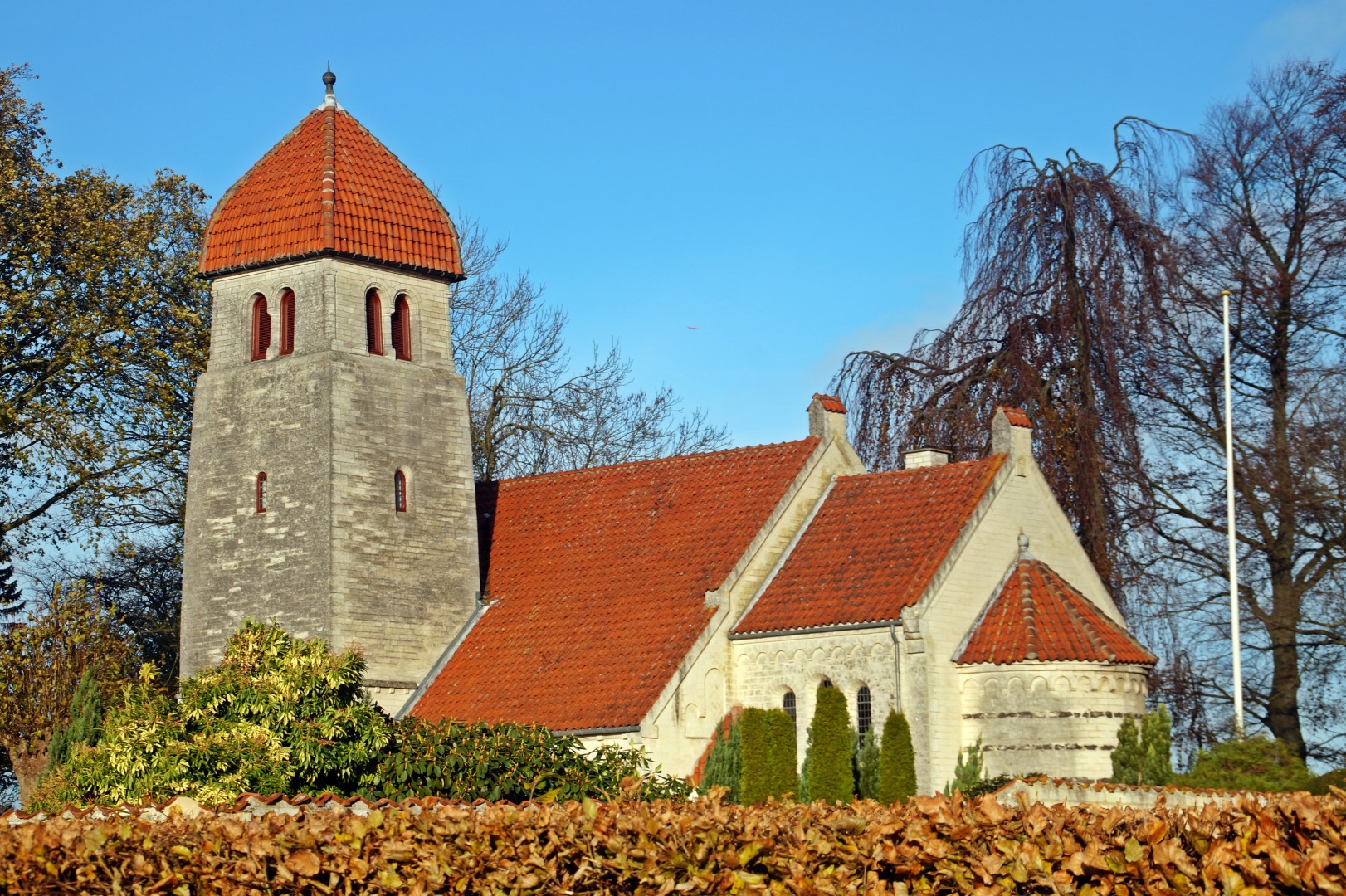
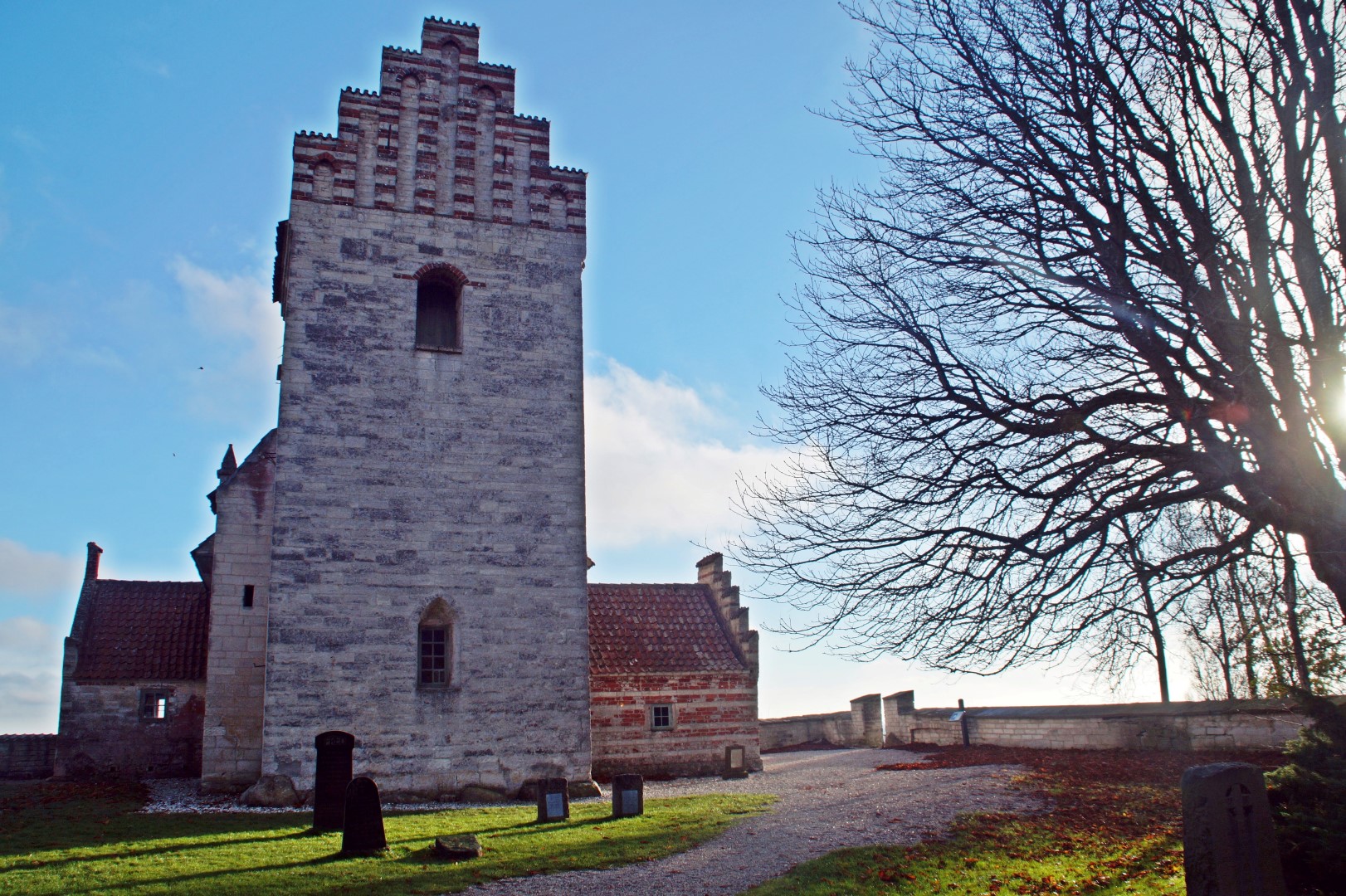
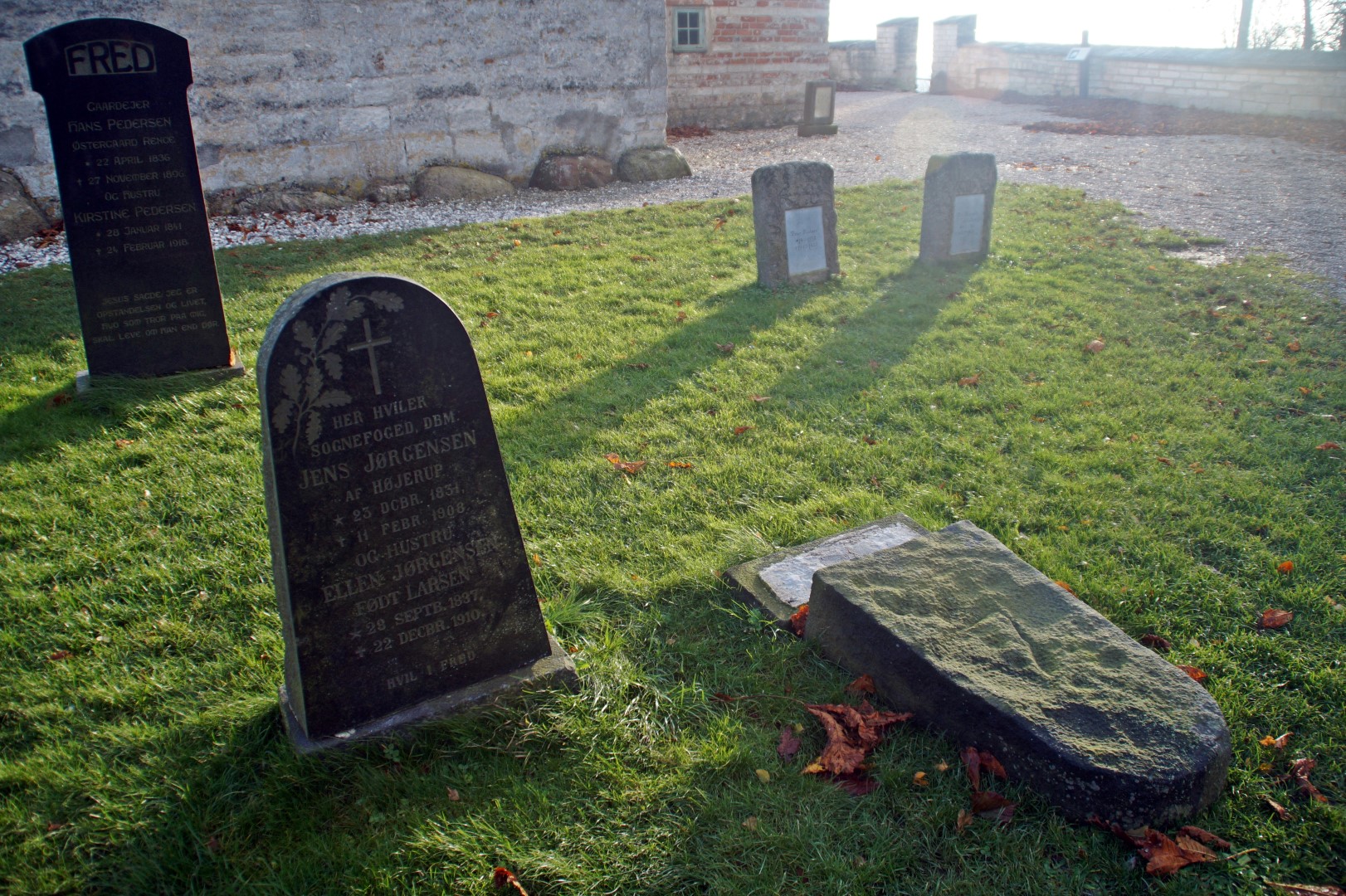
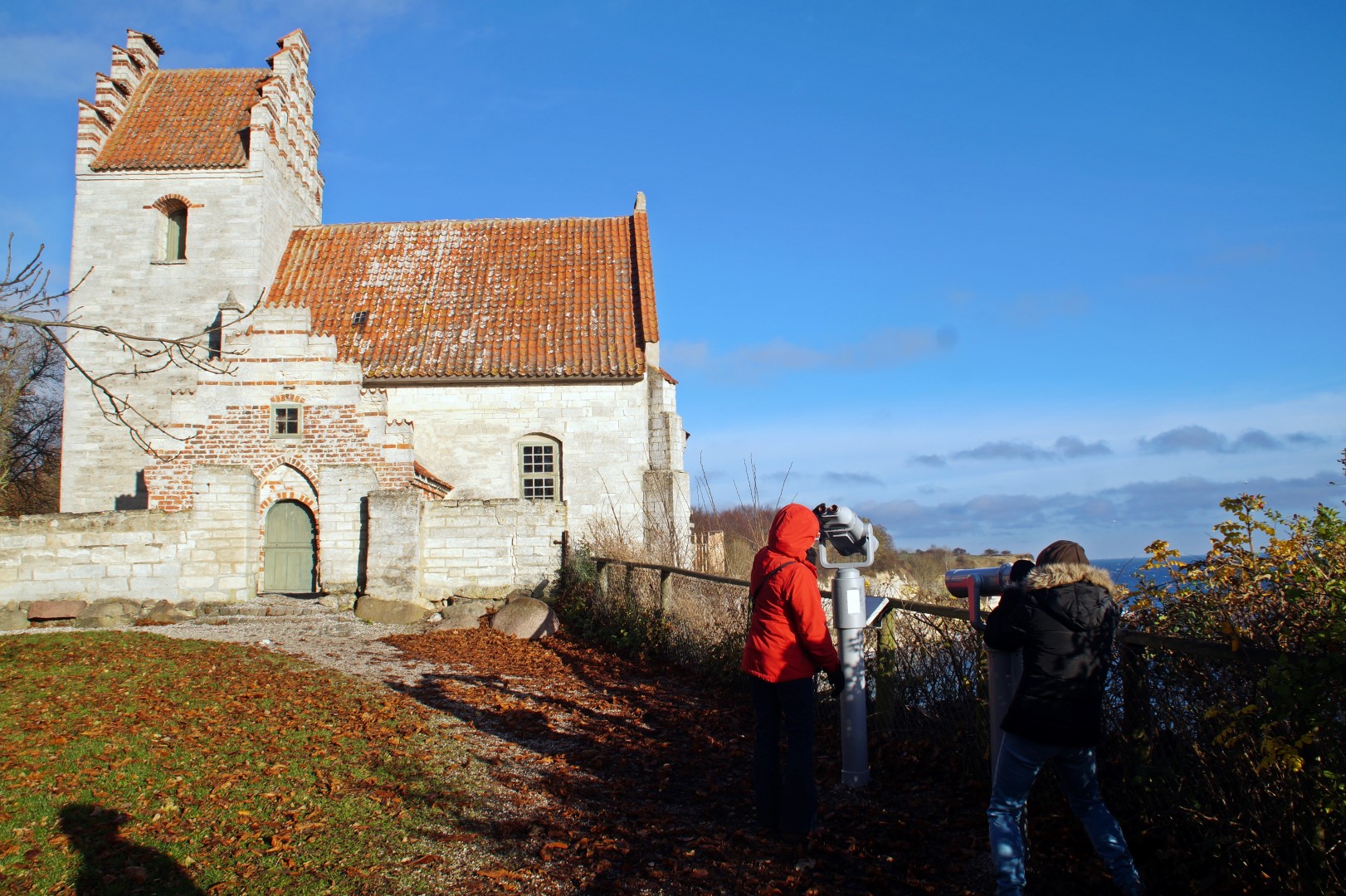
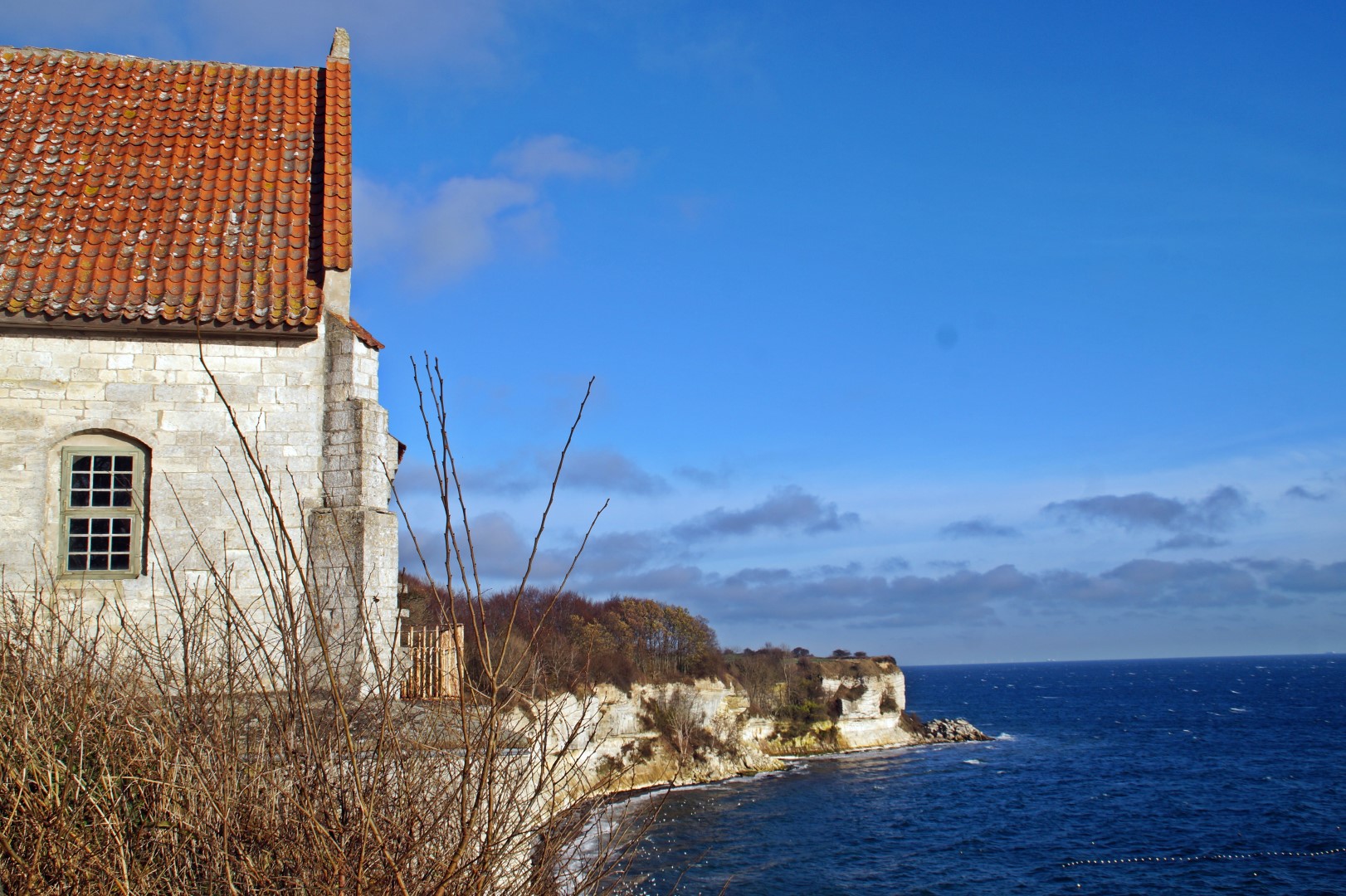
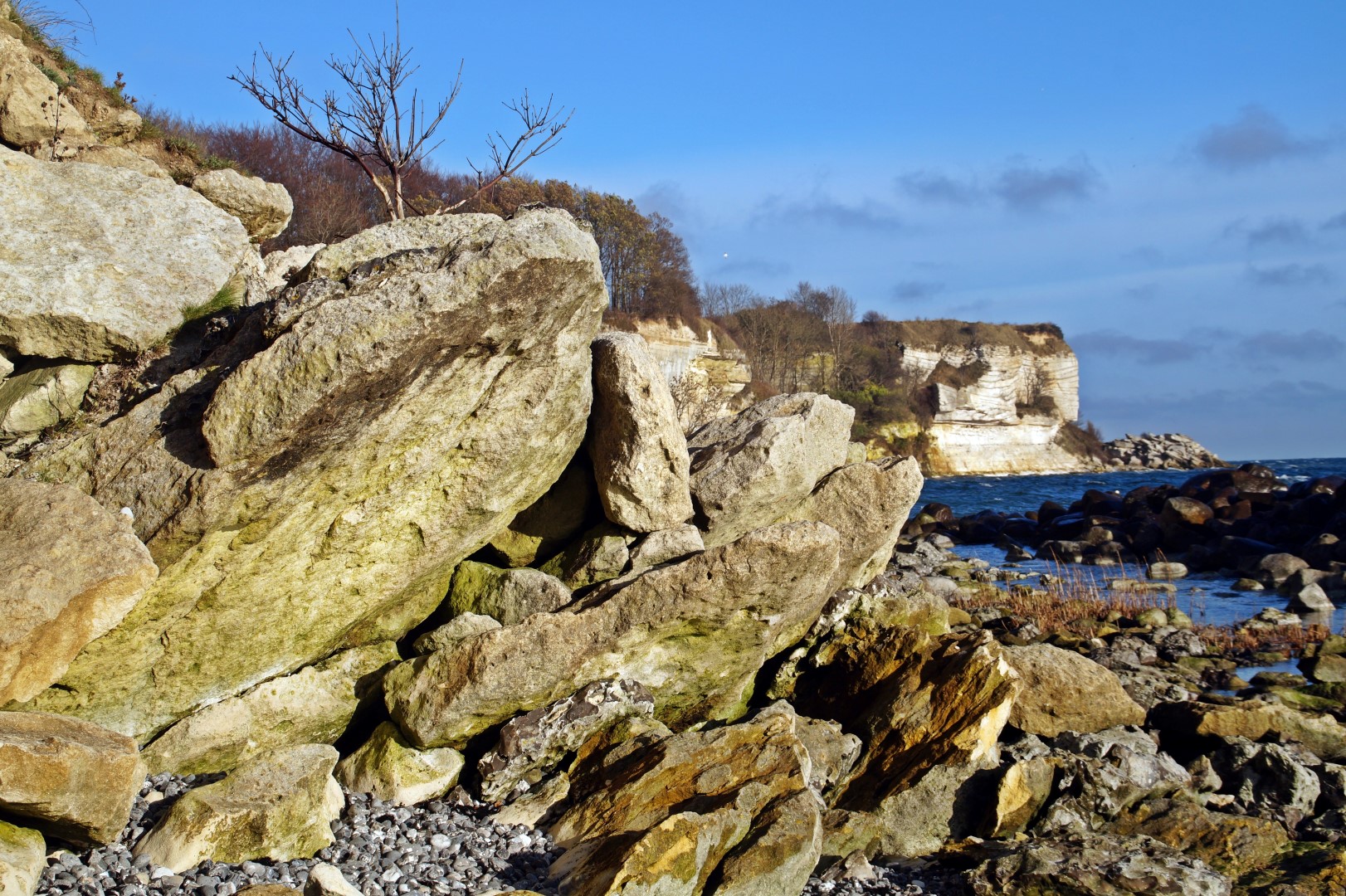

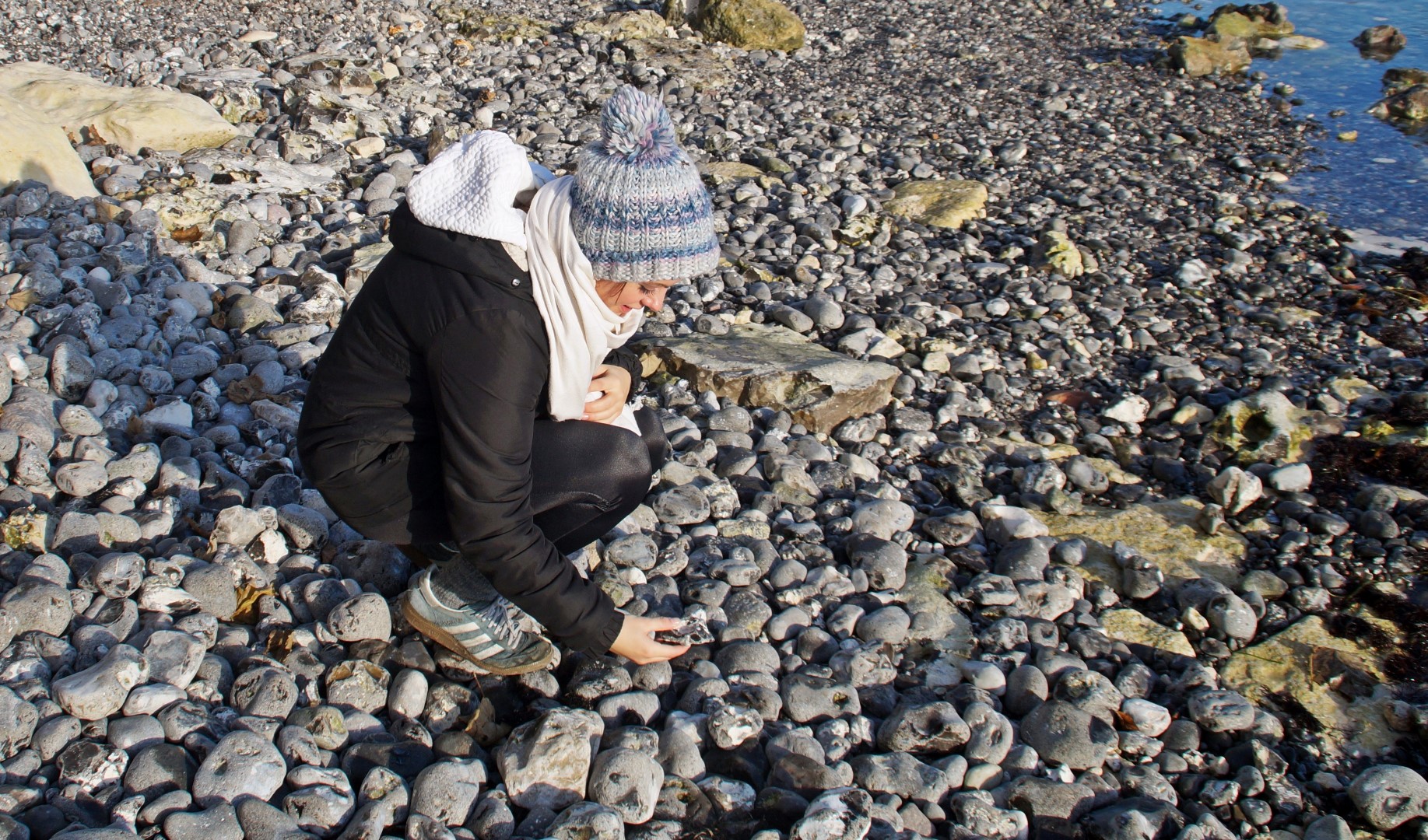
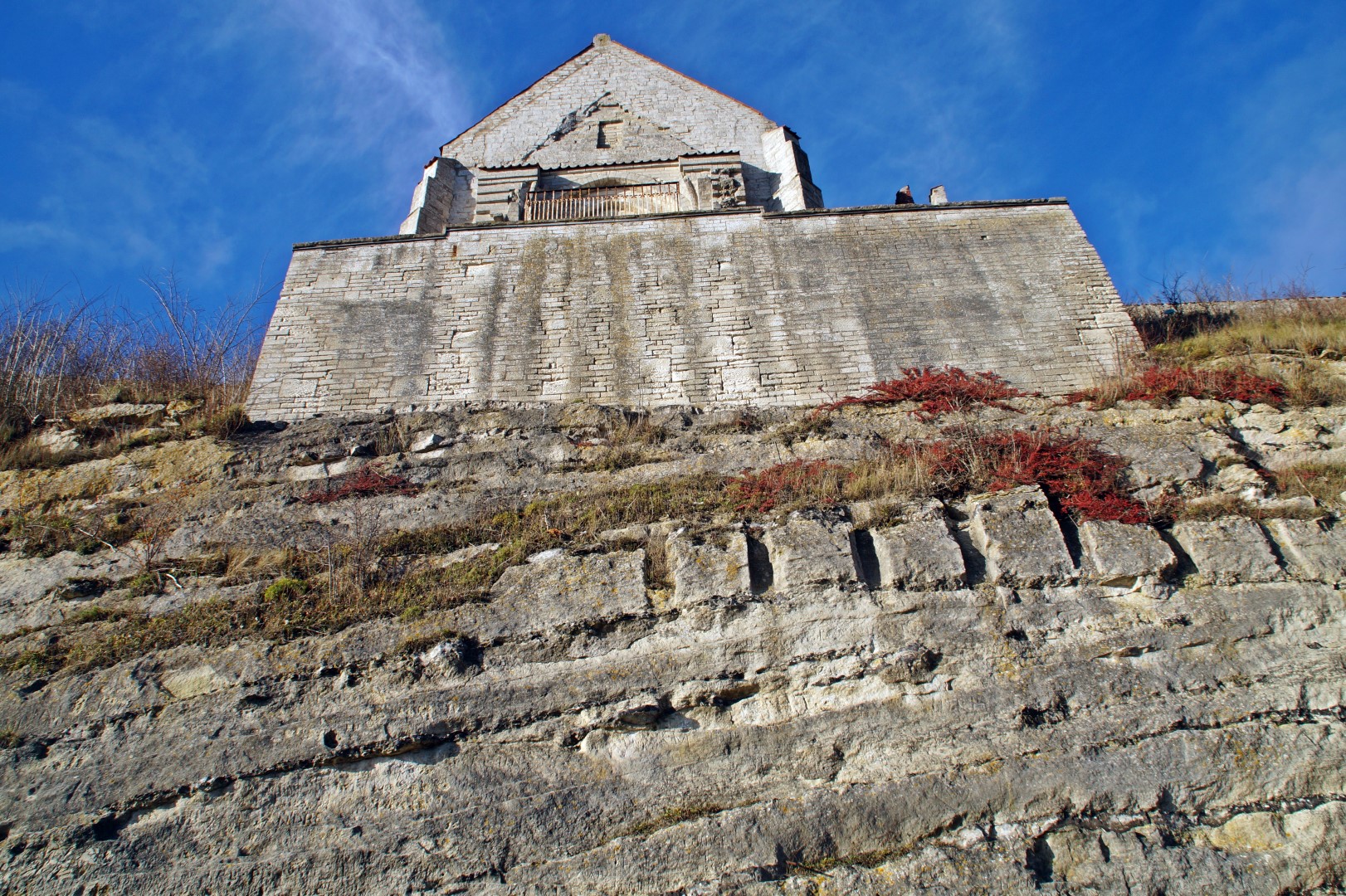
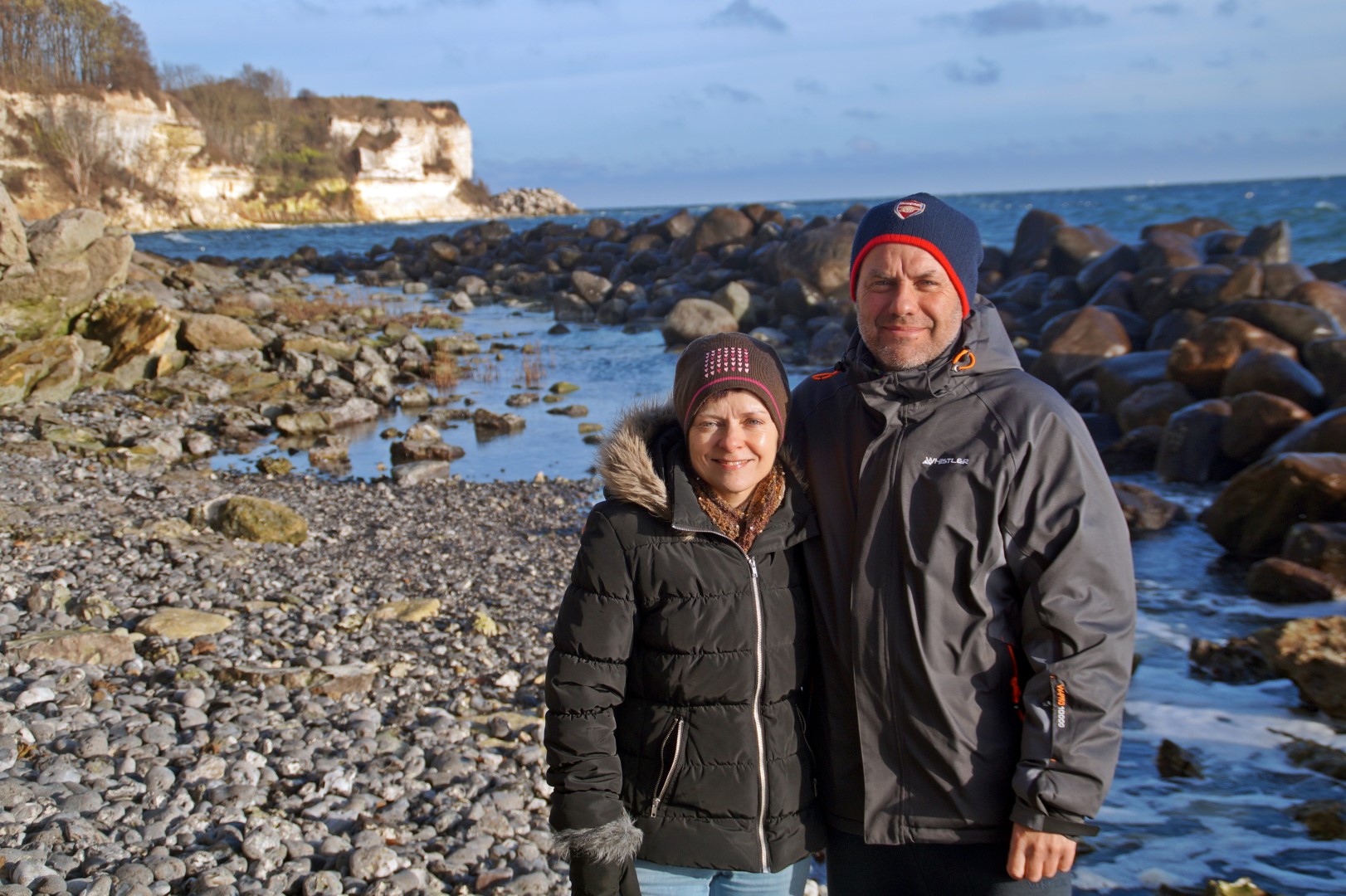
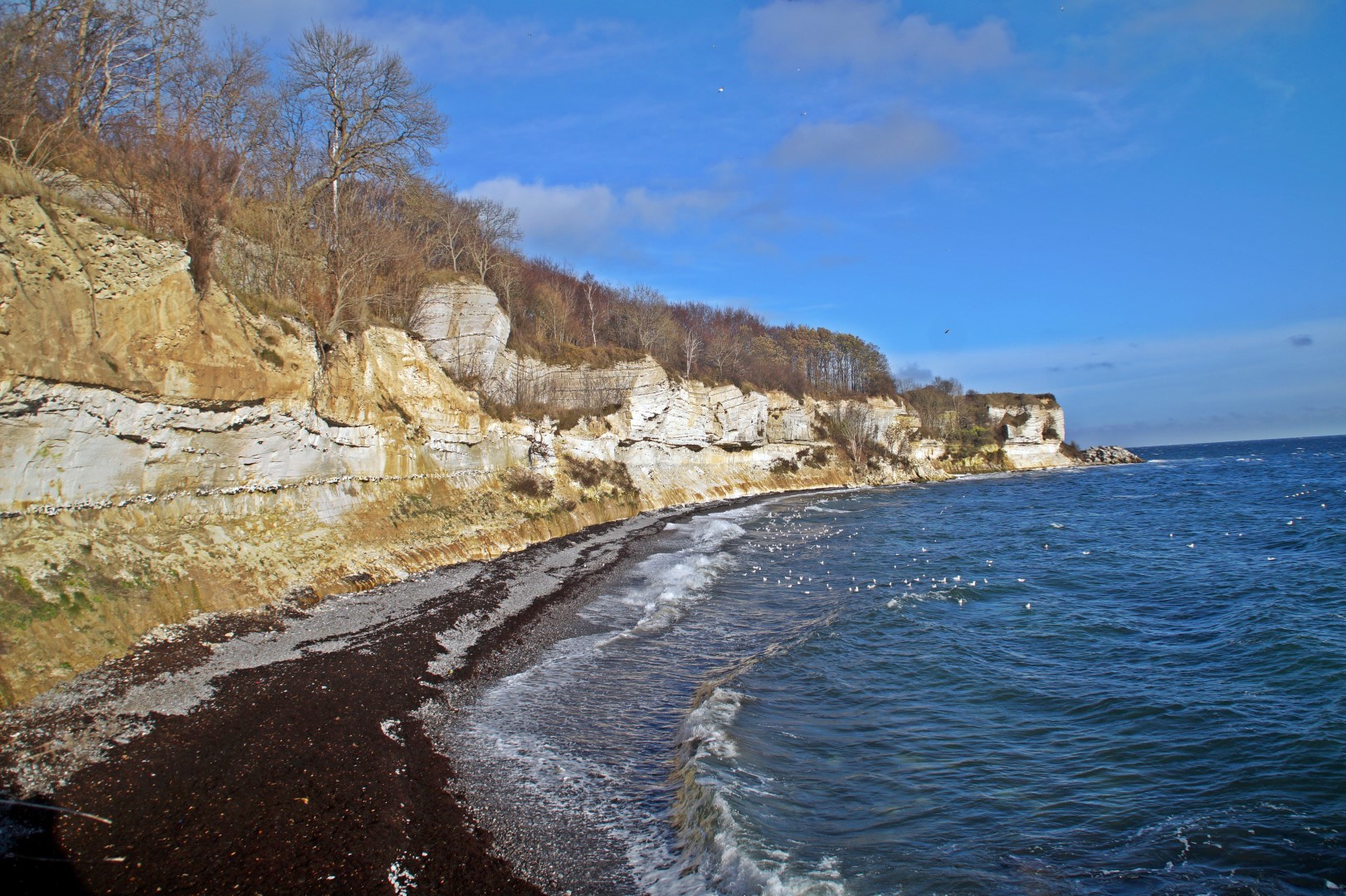
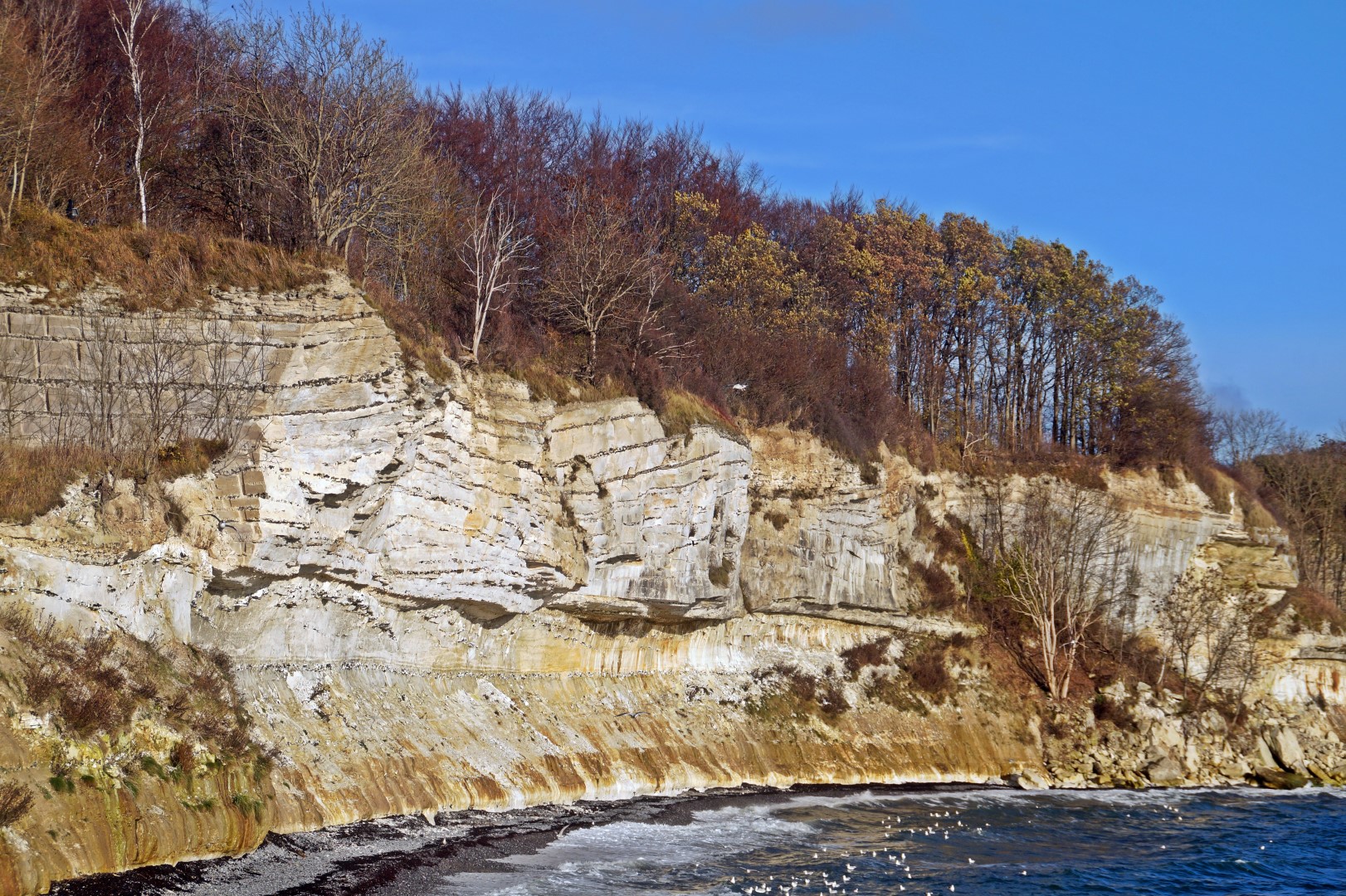
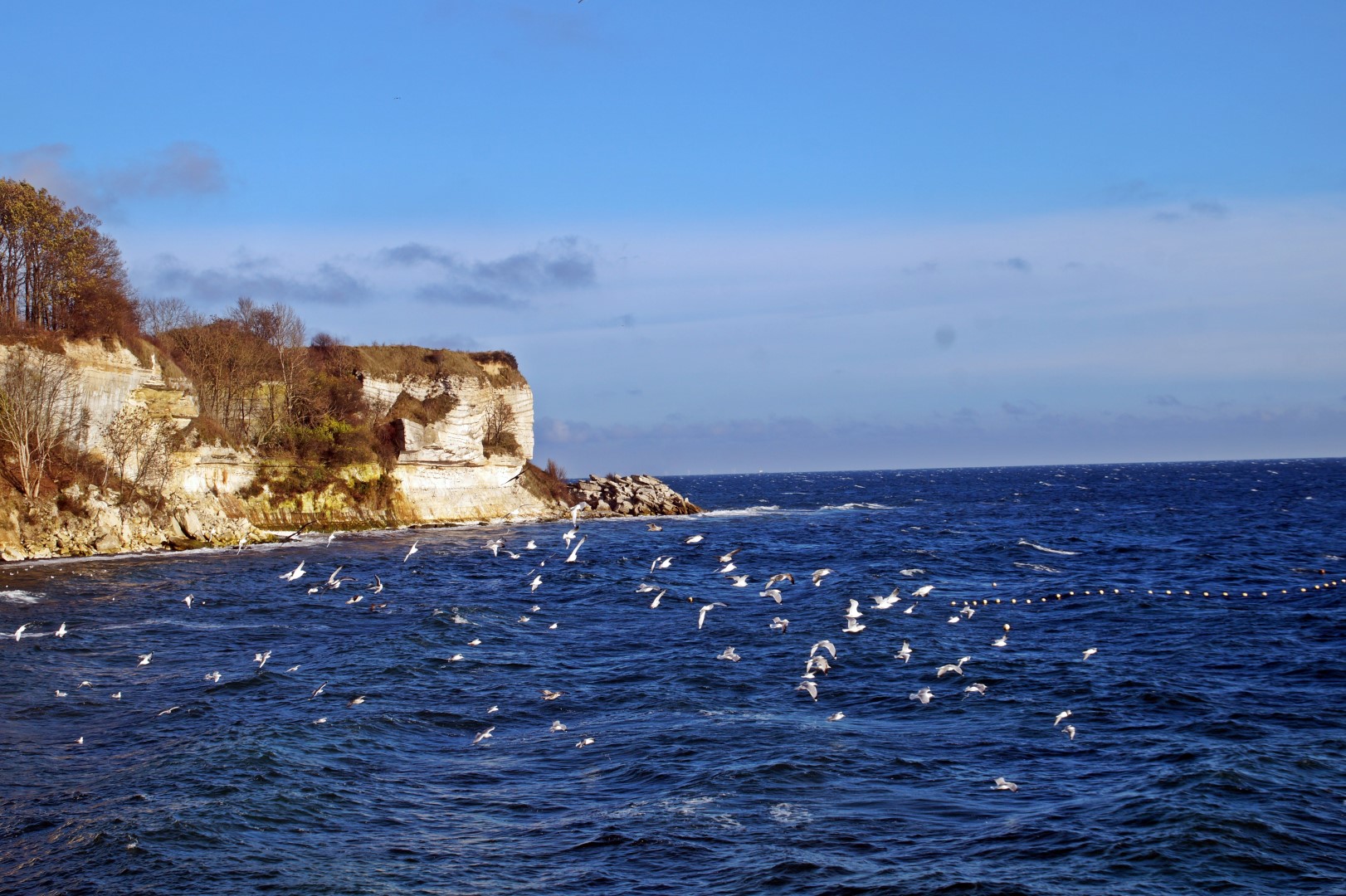
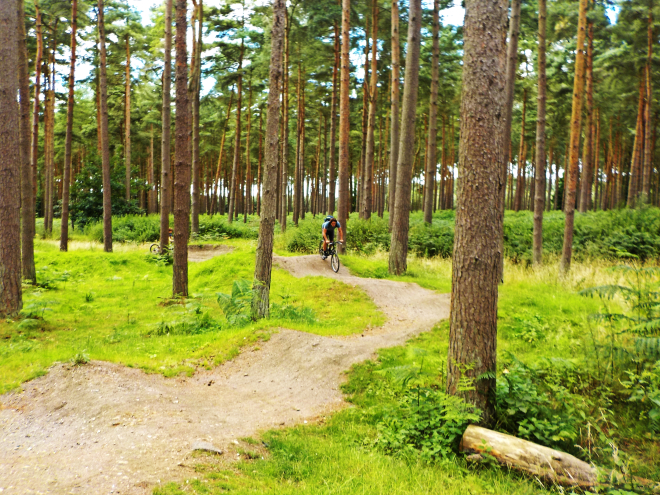
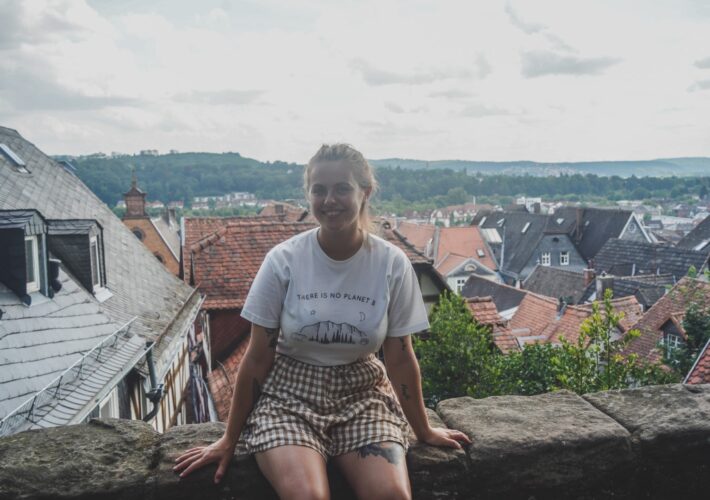


2 COMMENTS
Ann
7 years agoA very beautiful historical place with its many stories! I admire your pictures, dear Mel! Have a lovely week!
Melissa Cherry
7 years agoThank you Ann! Hope you have a lovely week too! xx